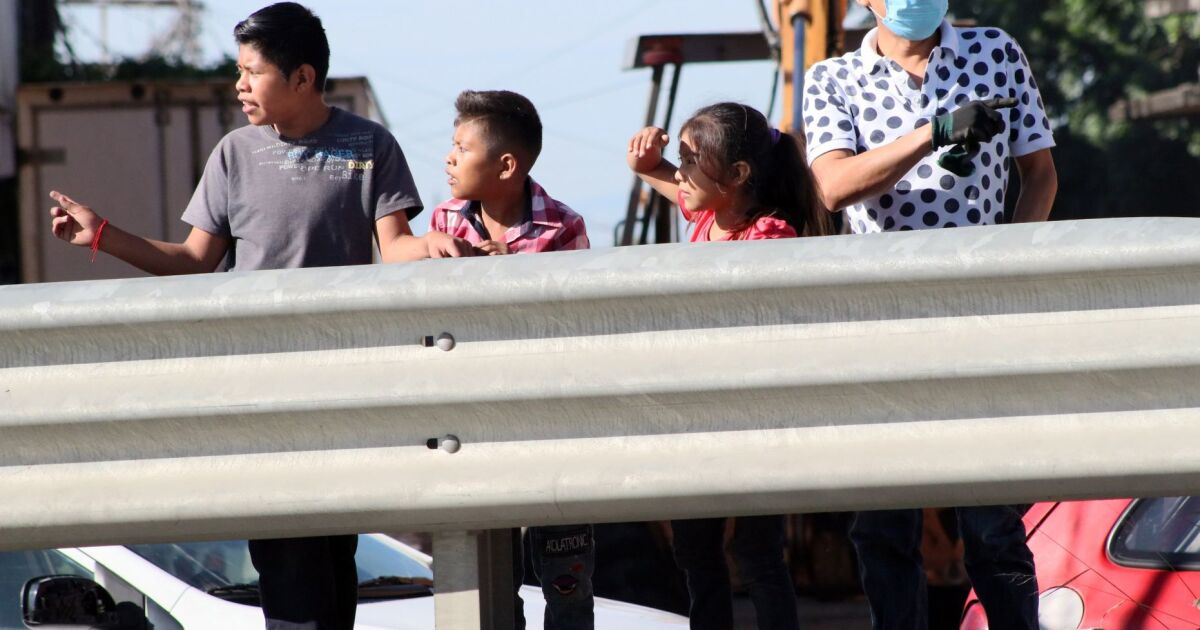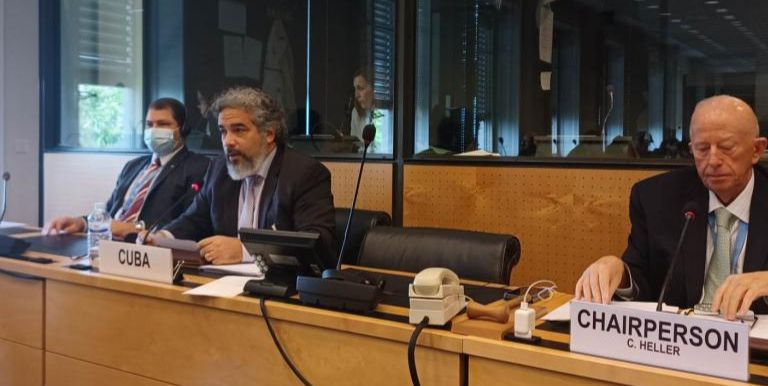Femicides and other crimes against girls
The Redim also documented 29 femicides of women between 0 and 17 years old committed from January to March 2022, which represents an increase compared to the 19 femicides of girls or adolescent women registered in the same period of 2021.
In fact, in the State of Mexico, femicides are the main cause of the absence of girls and adolescent women, with a total of 12,632 cases of people not located. The lag in public services, overcrowding and unemployment are some of the characteristics that increase the incidence in this region of the country.
Added to this is the fact that only so far in 2022, 2,736 people from 0 to 17 years of age have been treated in hospitals for family violence, and 87.5% of the cases correspond to women (2,393). 1,531 underage women have also been treated for sexual violence (92.8% of the victims); and 639 for physical violence, according to Redim data.
An example of the sexual violence committed against girls and adolescents in Mexico is that 2.4% of women between the ages of 12 and 17 had at least one child in 2020; this corresponded to 153,000 adolescent women.
“The pandemic increased violence in their protection space, their own homes, as there was a 30% increase in corruption of minors, 50% in sexual abuse, 100% in family violence,” highlights Juan Martín Pérez.
Educational backwardness and marginalization
Another of the debts that the Mexican State owes to children is access to a decent life, education and health services.
In 2020, more than half of the child and adolescent population in the country lived in poverty, a quarter had deficiencies due to access to nutritious and quality food, and one in 10 had an educational gap, according to the Council National Evaluation of Social Development Policy (Coneval).
Poverty, lack of access to nutritious and quality food and educational lag had also increased in children and adolescents during 2020 compared to 2018.
“Although Mexico is one of the first 15 economies in the world, it has not finished distributing its resources and wealth in a more equal manner. Children and adolescents are the population group that has seen the most increase in its poverty and unemployment rates. extreme poverty, and that in turn increases their environment of violence”, mentions Tania Ramírez.








